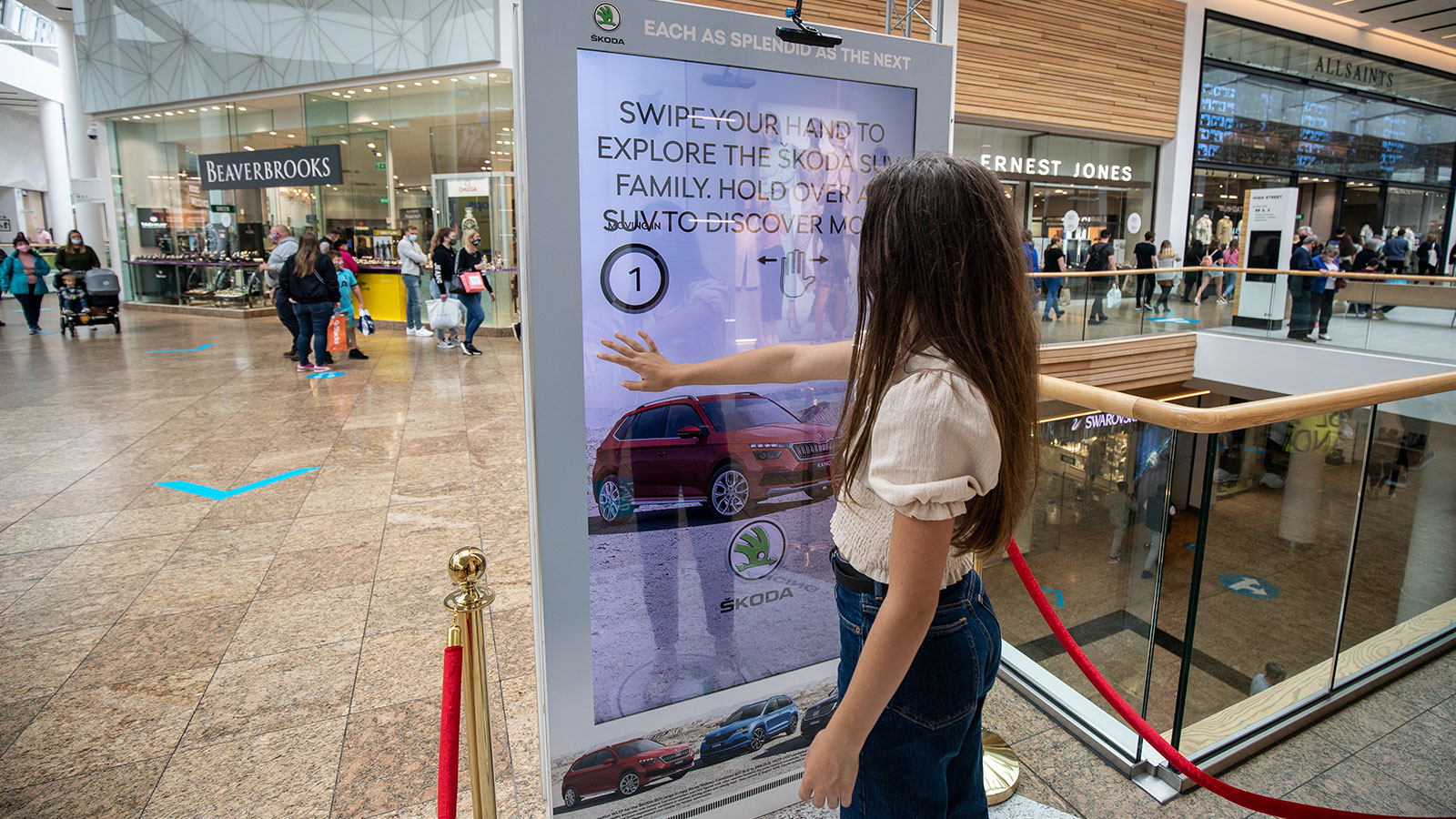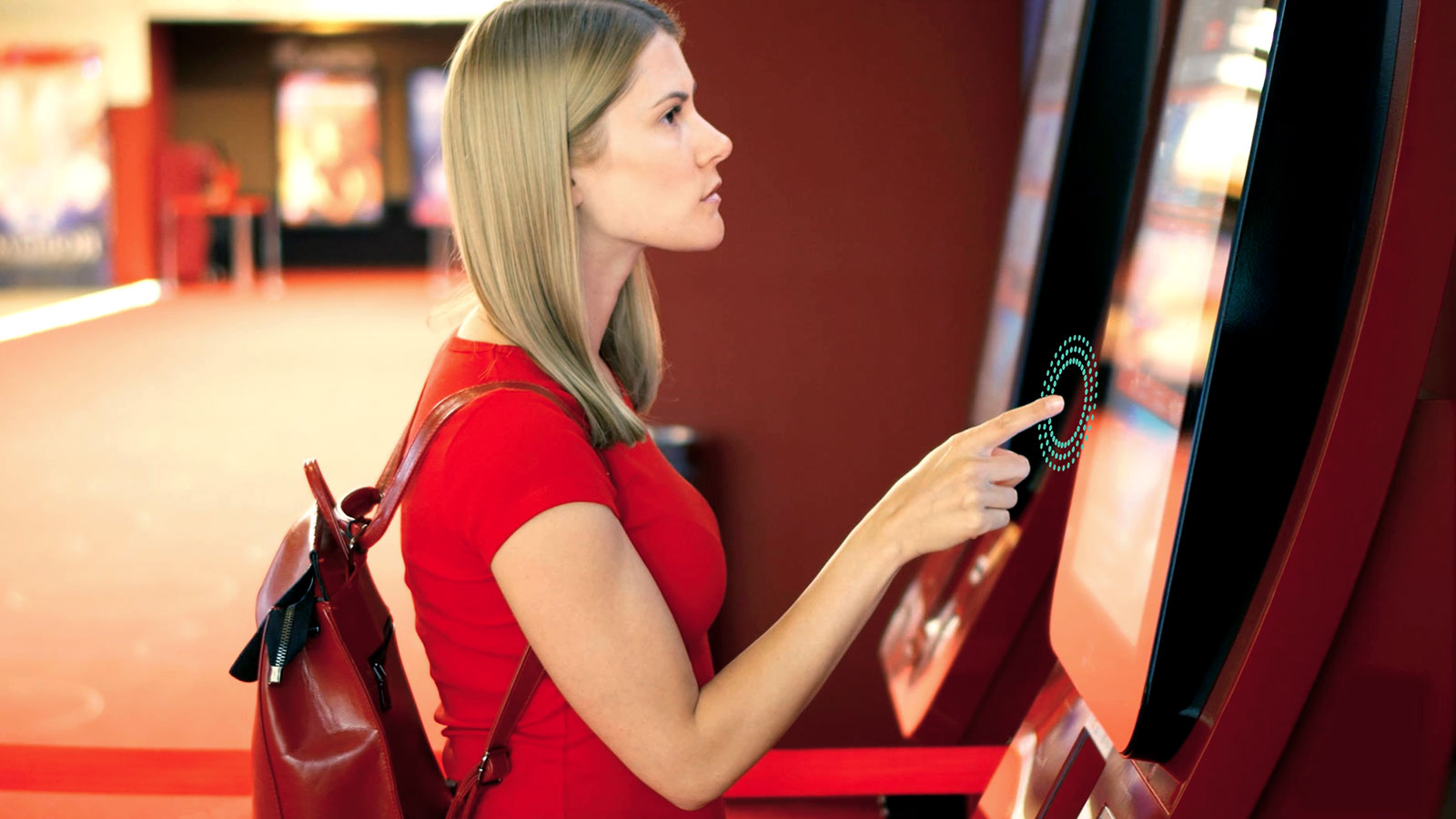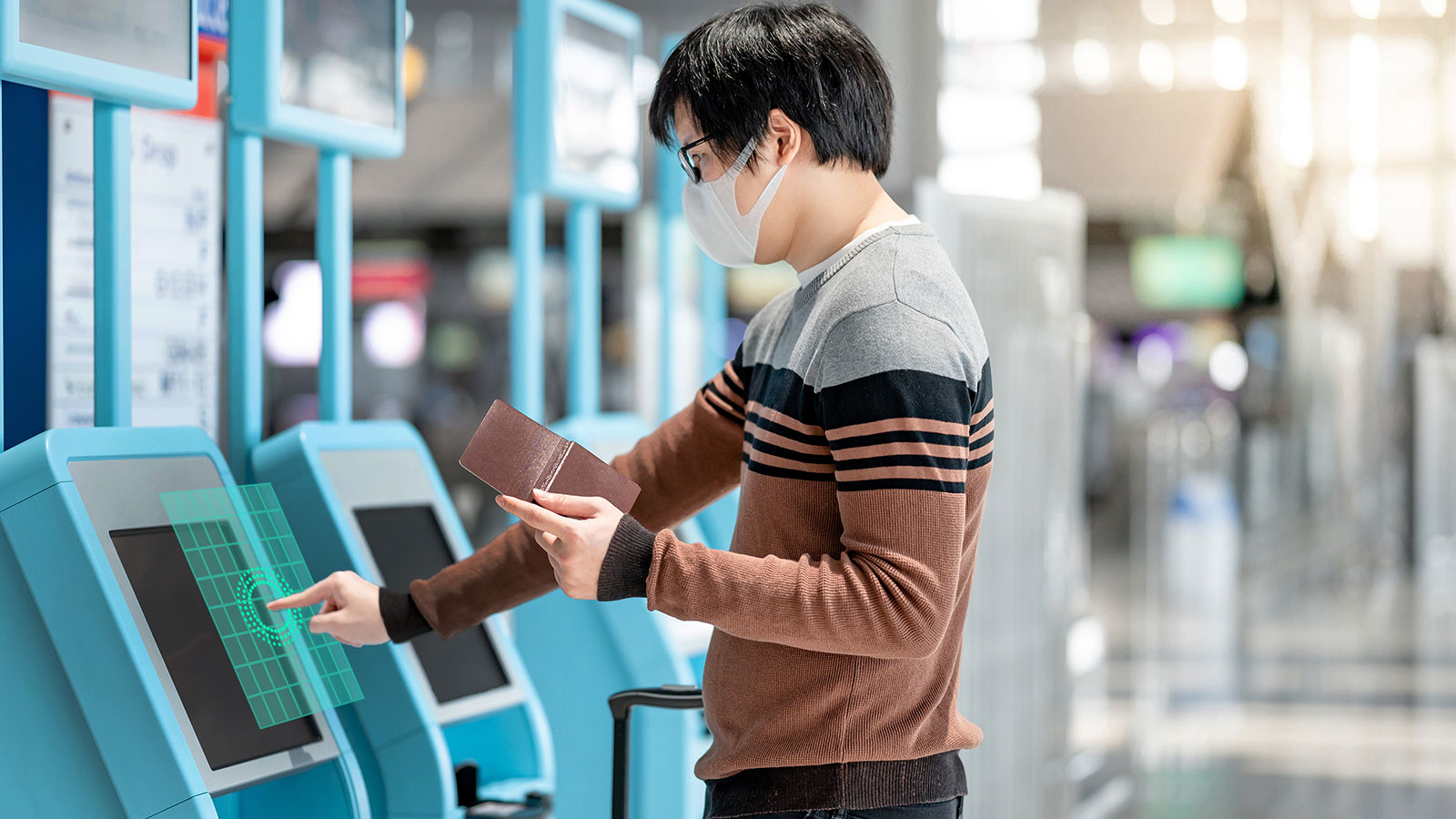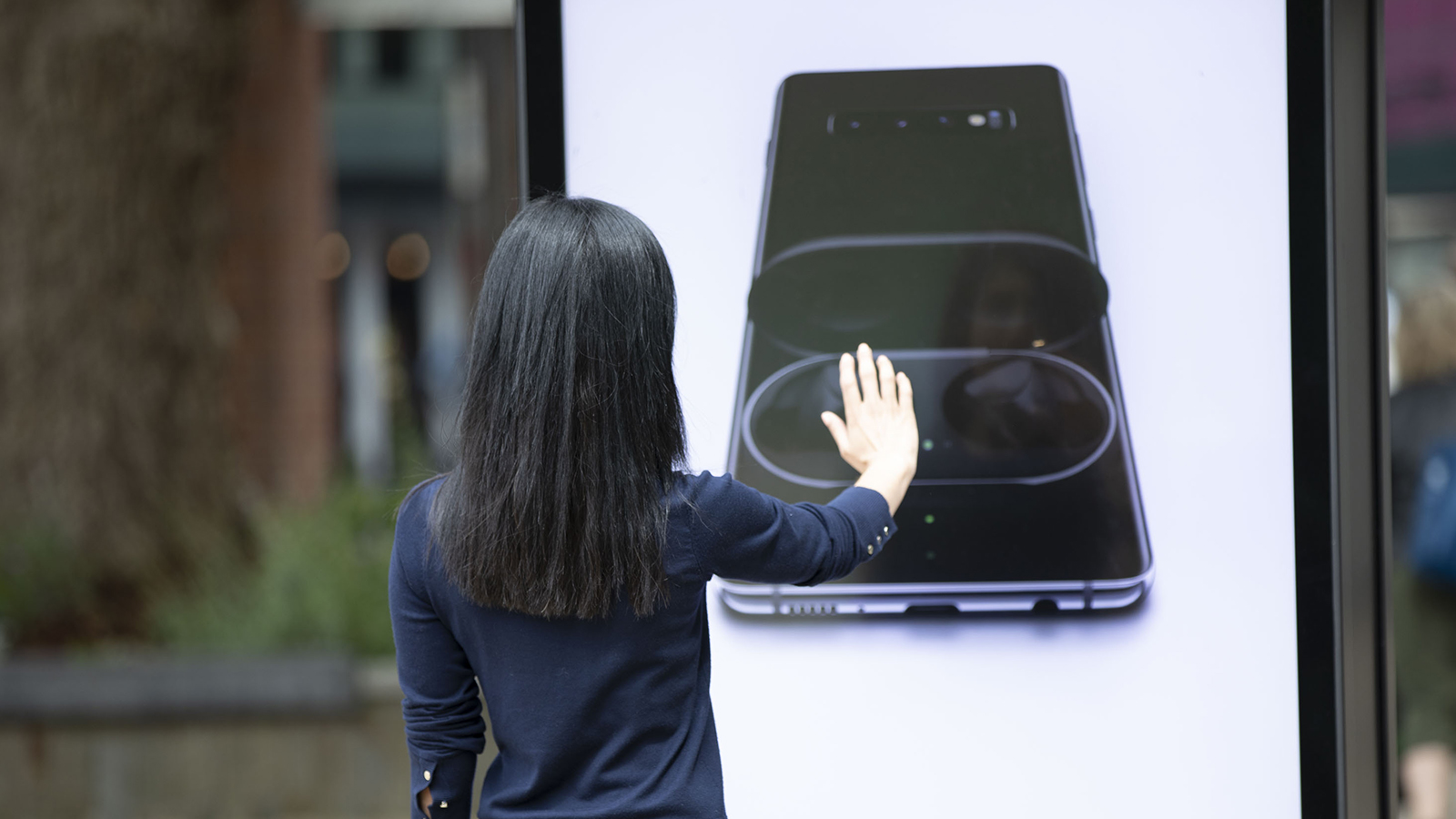
Interactive Kiosk Experience Trends 2: Bolder Objectives
Posted; July 9, 2021
COVID-19 made touchless technology a key trend in interactive retail kiosks. But the value of touchless technology is much broader than hygiene. In the second of our two-part series, Saurabh Gupta, Director of Product, explores how touchless technology converges with 5G and IoT. Together, they’re enabling bolder objectives for interactive kiosk installations.
In the first blog in this two-part series, I looked at how customer experience was emerging as a key battleground in interactive kiosks, and the role of interactive retail kiosks in the reinvention of bricks-and-mortar.
This time round, I’m exploring how technology innovations (ultra-fast 5G connectivity, IoT technologies such as RFID tags, and touchless technology) are converging to enable bolder objectives for interactive retail kiosks and digital out-of-home advertising.
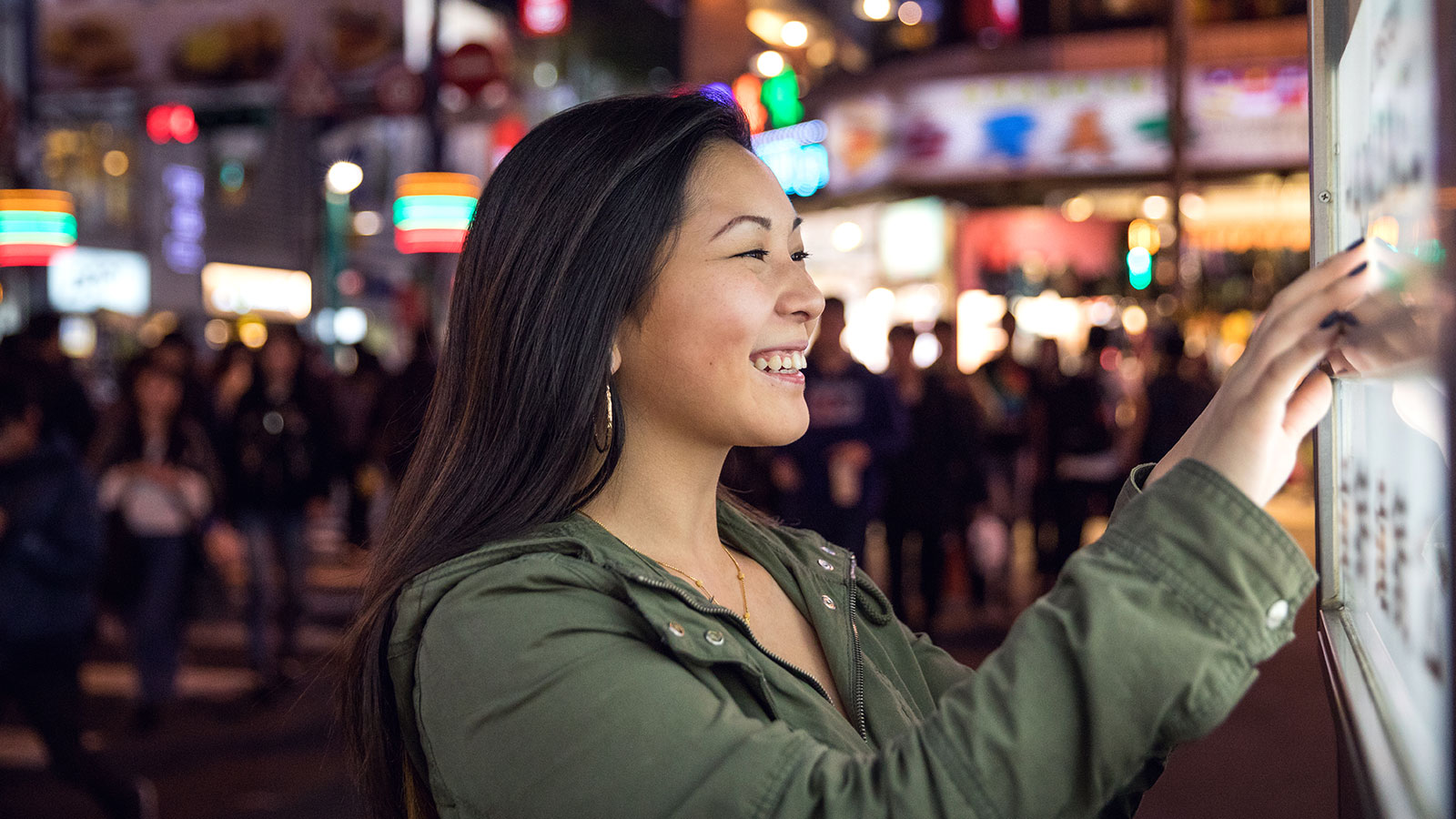
But while innovation is enabling bolder objectives, at the same time the financial impact of the pandemic means companies are also looking to extract value from existing installations.
Read on to find out more, or go back to explore the first blog in our series.
More than just a transaction: Interactive retail kiosks as brand touchpoints
There will always be a place for purely functional self-serve kiosks – in a highly time-pressured situation such as buying a train ticket, for example.
But in use-cases such as retail, restaurants, wayfinding, hotel check-in, and workplaces, interactive kiosks work harder. They still need to meet user needs for quick transactions. However, they’re also brand touchpoints and an interactive canvas for real-time information updates, personalised content and upselling opportunities.
“The kiosk screens can display ads when idle and the body can be used to convey offers and other brand impressions,” explains kiosk software vendor Hexnode. “With high competition in the market, we often see the marketing efforts make a bigger difference than the actual product.”
Better connectivity and integration with physical products via IoT expand the capabilities of what interactive retail kiosks can do. And, rather than seeking to complete transactions with as little contact as possible, touchless technology gives post-pandemic consumers the confidence to explore these additional capabilities.
But touchless technology does more than just create brand trust – it also creates brand halos.
In a 2020 survey of over 500 consumers, people expressed a preference for touchless gesture control in interactive retail kiosks not only because of hygiene. They also perceived the technology to be “futuristic”, and “really cool modern technology”.
This supports the findings of a pre-pandemic study that showed 91% of people found touchless interactivity engaging, 85% thought it was unique, and 82% thought it was modern/cutting edge. Touchless technology makes interactive retail kiosks not only safe, but also memorable, engaging, and unique.
Find out more about Ultraleap's touchless solutions
More than just a billboard: Digital out-of-home goes interactive
As smaller screens move beyond purely functional interaction, larger screens are converging from the other direction.
For a long time, digital out-of-home advertising was limited to one-way broadcasts. But with 5G lowering the costs of content delivery, more ambitious content becomes possible. With constraints on bandwidth relaxing, even 3D holographic displays (such as Looking Glass), are within the realms of possibility.
Experiential and immersive campaigns, contextual content and personalized ads are turning digital out-of-home interactive.
Campaigns with dynamic, multi-sensory, two-way connections to consumers are proven to outperform static ads. Our large-scale study in a top-tier multiplex cinema showed that touchless interactive out-of-home screens were more addressable, more actionable, and more attributable.
Extracting value from existing interactive kiosk installations
But while innovation is enabling bolder objectives, at the same time post-pandemic companies are looking to extract value from existing installations. This means looking for innovations that can be installed easily and add value to existing infrastructure.
Touchless technologies such as voice, gesture control and mobile apps are mature and readily available. This makes them attractive innovations for budget-conscious network operators.
For example, Cortina Productions used our TouchFree software to retrofit existing touch screen kiosks in museums. The solution meant that they were able to move quickly to support their museum clients, without significant investment in new kiosk infrastructure.
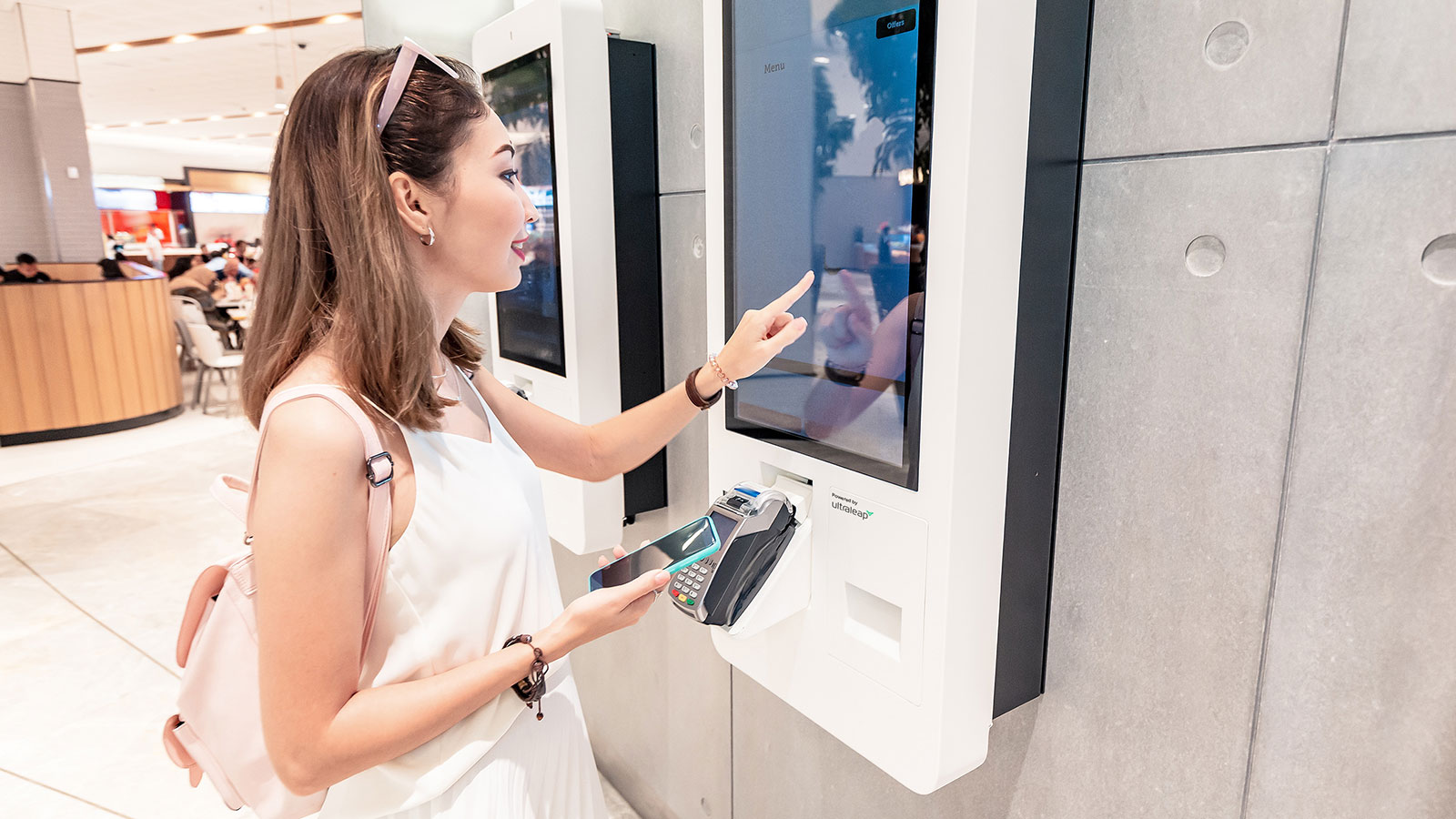
Implementing touchless technology into interactive kiosks
Touchless technologies may be mature, but successful implementation in interactive retail kiosks or digital out-of-home advertising requires a user-centred understanding of the unique context and challenges of developing public interfaces.
At Ultraleap, we’ve been working over the last year to adapt our hand tracking technology – previously optimized for VR – into a truly bespoke solution for interactive kiosks. Among other things, this includes:
- Solving the problem of how to engage and educate users unfamiliar with touchless technology with our “Call to Interact” design principles.
- Launching the TouchFree app. This allows our customers to layer gesture control on top of existing interactive retail kiosks, with no need to change the existing touch screen interface.
- Developing a new “Air Push” interaction style, particularly suitable for interactive kiosks.

With multiple pilots and commercial installations launching in 2021, we're excited to see how touchless technology will play with other trends in interactive kiosk experience – to evolve self-serve kiosks and digital out-of-home to the next level.
Saurabh Gupta leads Product and Commercial Strategy for the out-of-home sector for Ultraleap.
Read the first blog in this series to find out about how touchless technology plays into the rise of customer experience as a key battleground and the reinvention of bricks-and-mortar retail.

Explore Ultraleap’s gesture control solutions
Ready to move beyond?
Explore our blogs, whitepapers and case studies to find out more.


